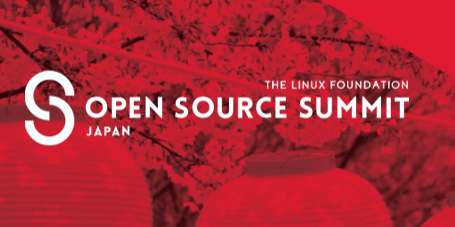The Civil Infrastructure Platform (CIP) project aims to speed implementation of Linux-based civil infrastructure systems, build upon existing open source foundations and expertise, establish de facto standards by providing a base layer reference implementation, and contribute to and influence upstream projects regarding industrial needs. CIP is driven by some of the world’s leading manufacturers of civil infrastructure systems and industry leaders including Codethink, Hitachi, Plat’Home, Renesas, Siemens, Moxa and Toshiba.
This spotlight series highlights CIP members and how they are contributing to open source software solutions that will benefit the world’s technical systems. Today, we highlight Moxa in a conversation with SZ Lin, a Software Supervisor.

What does your company do?
Moxa is a leading provider of industrial networking, computing, and automation solutions for enabling the Industrial Internet of Things. With 30 years of industry experience, Moxa has connected more than 30 million devices worldwide and has a distribution and service network that reaches customers in more than 70 countries.
Moxa offers a full spectrum of innovative, high-quality solutions that have been deployed in a wide variety of industries, including factory automation, smart rail, smart grid, intelligent transportation, oil and gas, and marine.
I am currently leading an embedded Linux team that helps develop industrial-grade Linux distribution to adapt the Linux for various products especially the industrial related computing systems. For more information about Moxa’s ARM-based Linux Platforms, click here.

Why is your company investing in an open source “base layer” of industrial grade software?
There are lots of industrial Linux products in Moxa. In order to fulfill the goal of long-term support; we need to align the kernel version and focus the resources to maintain it.
CIP aims to speed implementation of Linux-based civil infrastructure systems, build upon existing open source foundations and expertise, establish de facto standards by providing a base layer reference implementation, and contribute to and influence upstream projects regarding industrial needs.
As such, we think the best solution is to build an industrial base layer via cross-enterprise collaboration, because every company has similar problems. We can reduce the maintenance effort, exchange our knowledge and make the product better.

Why did your company join CIP?
We’ve been interested in CIP for a long time – even before Moxa joined the project in January 2018. Every solution Moxa creates offers reliability, safety and is easy to integrate. We believe CIP will help us ensure high-quality software components that will address the long-term needs of smart cities and the future of manufacturing.

How are you currently active in CIP?
We share knowledge and collaborate with other members in the Technical Steering Committee to help determine technical policy and strategic decisions for CIP. Additionally, Moxa has formed a team to help maintain the CIP kernel. This team reviews and discusses the kernel patch with CIP members.
What benefits have you seen or what do you expect to achieve?
Building secure, robust and long-term support products.
Since Moxa provides industry solutions for Rail, ITS, Smart Grid, Marine and Oil & Gas, we need to offer industrial-grade platform and product with long-term stable, secure and robust features. We believe that the CIP base layer is the best for such applications.
Where do you see civil infrastructure systems in 20 years?
The explosion of IoT has made the issue of cybersecurity more important than ever. If there is a security attack, there will be massive damage in civil infrastructure systems, some that we might not recover from. This is why CIP is so important – it address the needs and security of long-term software for the power generation and distribution, water, oil and gas, transportation and building automation industries.


